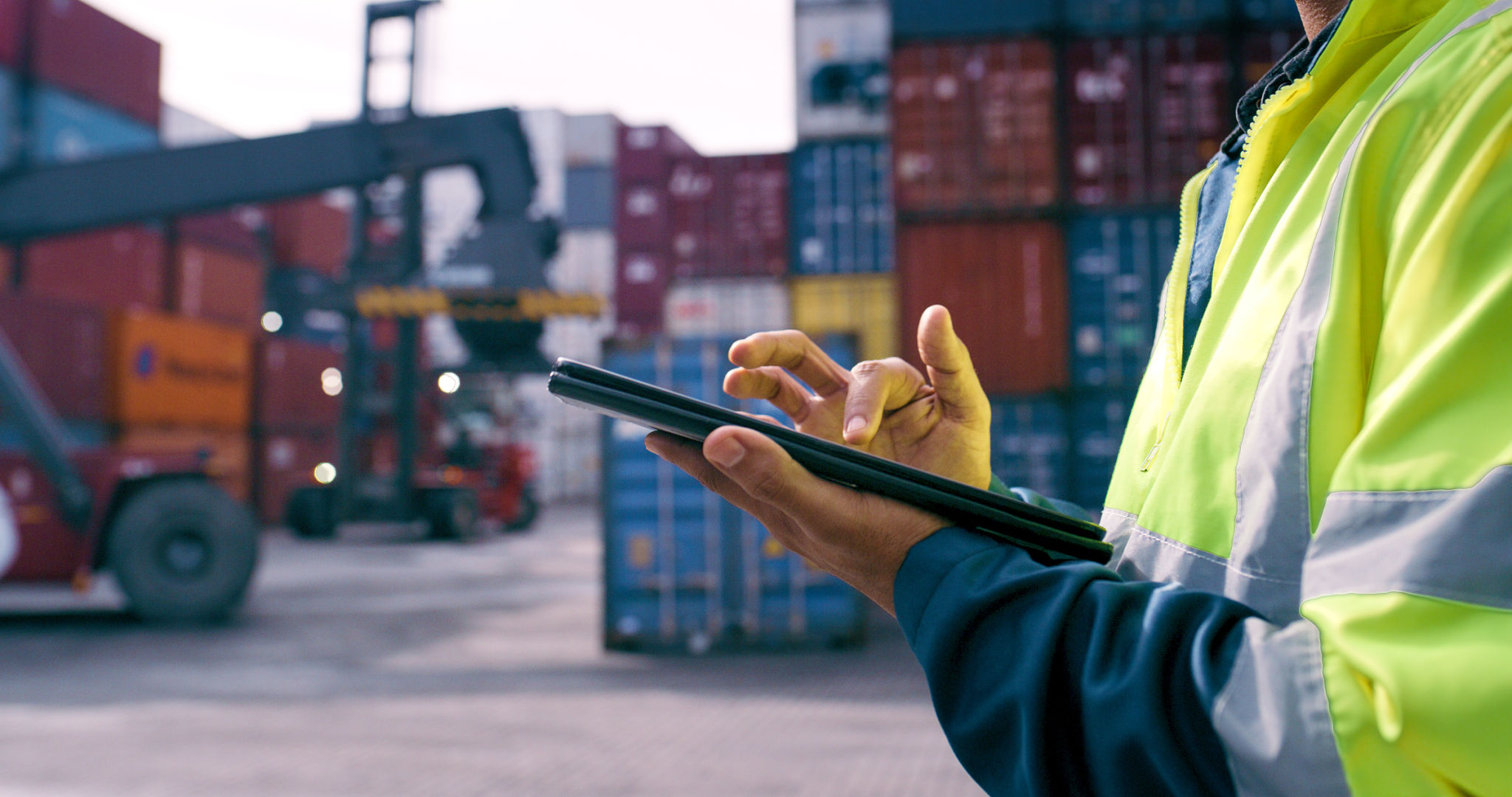Understanding the Basics of Fulfillment Logistics
Introduction to Fulfillment Logistics
In today's rapidly evolving e-commerce landscape, understanding the intricacies of fulfillment logistics is essential for businesses aiming for efficient delivery and high customer satisfaction. Fulfillment logistics encompasses the entire process of receiving, processing, and delivering orders to end customers. It involves a series of steps that need to be executed with precision to ensure timely and accurate delivery.

The Role of Warehousing
At the heart of fulfillment logistics is warehousing. This is where products are stored before being picked, packed, and shipped. Proper warehouse management is critical for optimizing space, tracking inventory, and ensuring that products are readily available for dispatch. Efficient warehousing can significantly reduce fulfillment times and improve customer satisfaction.
Many businesses choose to partner with third-party logistics (3PL) providers to manage their warehousing needs. These providers offer advanced technology and expertise to streamline operations, allowing companies to focus on other aspects of their business while ensuring smooth order fulfillment.
Order Processing and Management
Order processing begins once a customer places an order. This stage involves verifying the order details, checking inventory levels, and assigning the order for picking and packing. An effective order management system is crucial to handle multiple orders simultaneously without errors.

Automation plays a significant role in modern order processing. Automated systems can quickly match orders with available inventory, reducing human error and speeding up the fulfillment process. This technology empowers businesses to handle high volumes of orders seamlessly, especially during peak shopping seasons.
Picking, Packing, and Shipping
The next step in fulfillment logistics involves picking the correct items from the warehouse shelves, packing them securely, and preparing them for shipment. This process requires attention to detail to ensure that the right products are sent to the right customers.
Efficient packing is not only about protecting products during transit but also about optimizing package sizes to reduce shipping costs. Leveraging technology like barcode scanners and automated packing machines can enhance accuracy and speed in this stage.

Last-Mile Delivery
The final step in fulfillment logistics is last-mile delivery, which refers to the journey of a package from a distribution center to the customer's doorstep. This stage is often the most challenging due to its complexity and direct impact on customer experience.
Companies are investing in innovative solutions like route optimization software and real-time tracking to improve last-mile delivery efficiency. Additionally, offering multiple delivery options such as same-day or scheduled delivery can enhance customer satisfaction by providing flexibility and convenience.
Conclusion
Understanding the basics of fulfillment logistics is crucial for any business looking to excel in today's competitive market. From efficient warehousing to precise order management and reliable last-mile delivery, each step plays a vital role in achieving customer satisfaction and operational success.
By leveraging technology and strategic partnerships, businesses can streamline their fulfillment processes, reduce costs, and ultimately deliver a superior customer experience. As e-commerce continues to grow, mastering fulfillment logistics will remain a key component of success.
